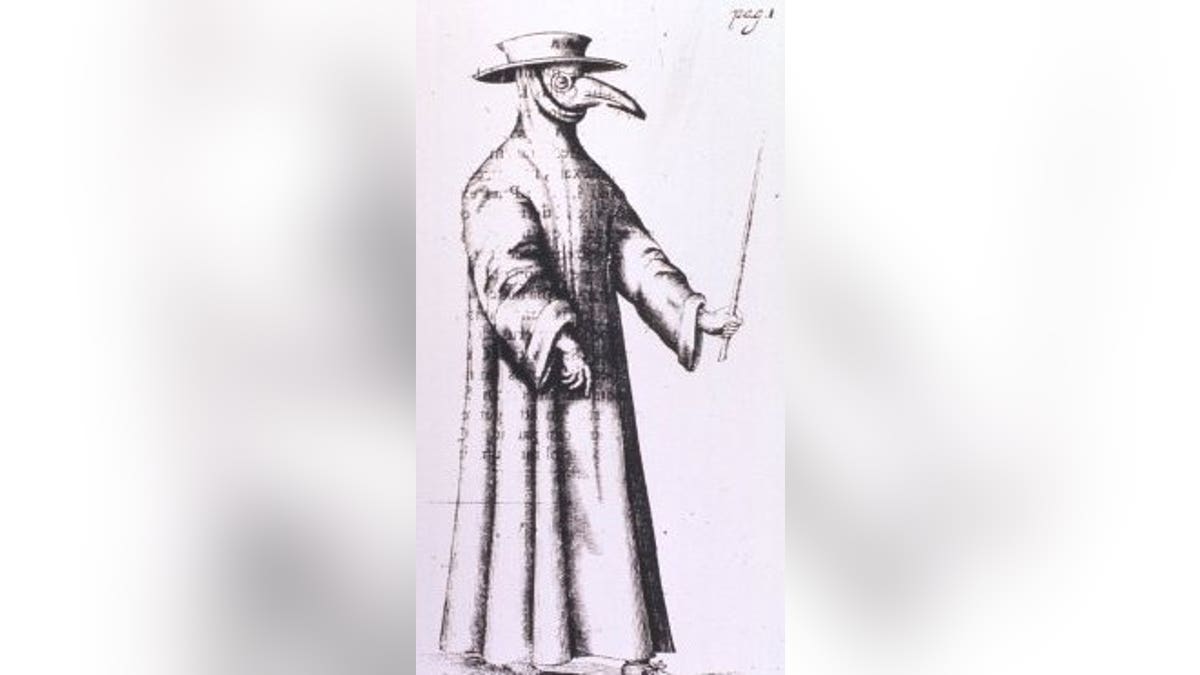
A "plague doctor" with protective clothing. (CDC/Library of Medicine)
A professor in the United Kingdom has used a creative way to measure the dramatic, dark legacy of the Black Death in England: analyzing old pottery shards.
The plague claimed millions of lives in the 14th century. Fast forward to the 21st century, and in eastern England, over 2000 test pits excavated in six different counties revealed their contents. What the researchers discovered hints at the disastrous decline that those populations suffered at the hands of the plague.
After analyzing the results, the researchers found a significant decline in pottery shards: a 45 percent decrease from the time period before the plague to after it.
Related: Scientists unearth 5,000-year-old Chinese beer recipe
The research was led by Carenza Lewis, a professor and archaeologist at the University of Lincoln in England. She said that one of the problems with figuring out how many people died from the plague is a lack of evidence.
“This new research offers a novel solution to that evidential challenge, using finds of pottery – a highly durable indicator of human presence - as a proxy for population change in a manner that is both scalable and replicable,” Lewis said in a statement. “It shows that pottery use fell by almost a half in eastern England in the centuries immediately after the Black Death. This supports the emerging consensus that the population of England remained somewhere between 35 and 55 per cent below its pre-Black Death level well into the sixteenth century.”
Related: Dig at theater where Shakespeare worked uncovers a surprise
The plague was spread by rodents and fleas, with the actual culprit being a bacteria, Yersinia pestis. “In the past, black rats were the most commonly infected animals and hungry rat fleas would jump from their recently-dead rat hosts to humans, looking for a blood meal,” the Centers for Disease Control and Prevention says.
According to the CDC, the plague pandemic of the 14th century, which is the one known as the Black Death, began in China; by one estimate, it killed 60 percent of the population of Europe.




















